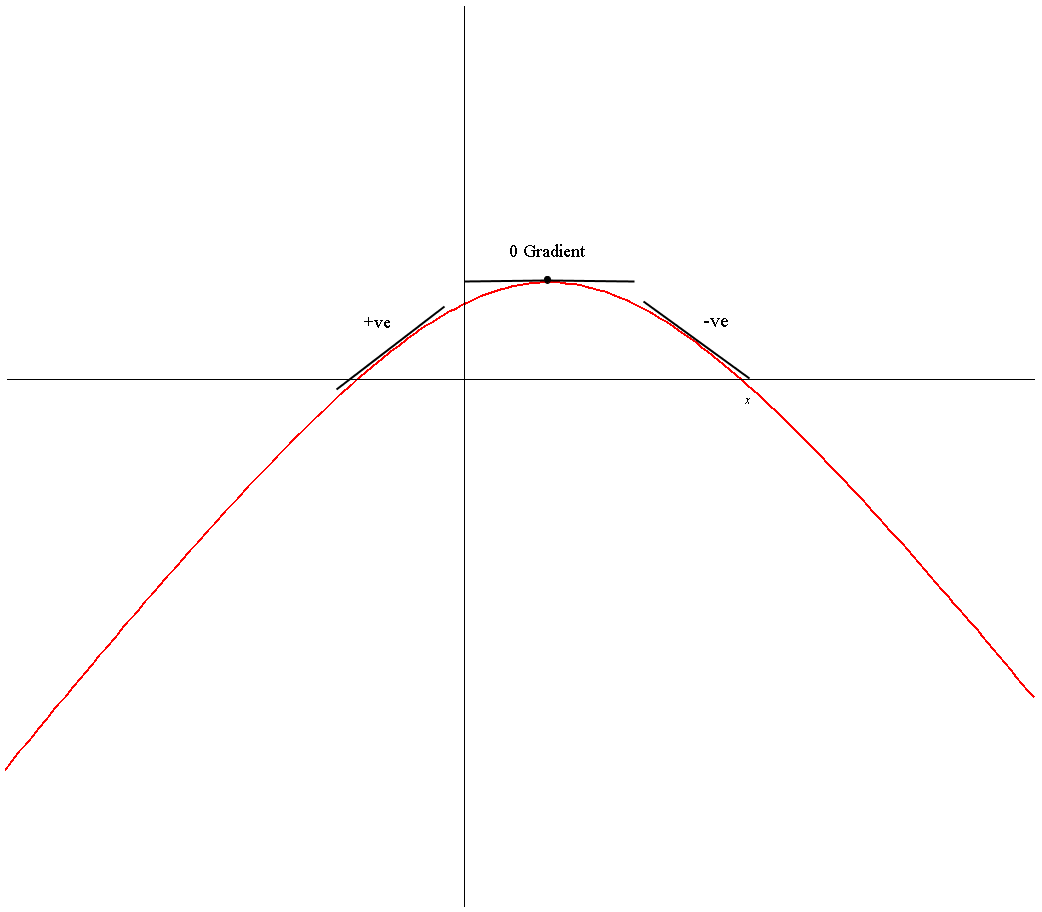How do you find the intervals of increasing and decreasing using the first derivative given #y=10(5-sqrt(x^2-3x+16))#?
2 Answers
The graph is increasing until
Explanation:
So your goal is to find the intervals of increasing and decreasing, which essentially means you're trying to find where the instantaneous slopes are increasing or decreasing, which is the definition of a derivative: Giving you the instantaneous rate of change at any given point. You're essentially looking for:
The first rule I'm going to use is the "Derivative of a constant times a function," which states
Therefore, I can get
Next, we need to take the derivative. The 5 is immediately removed, because the derivative of a constant is 0, and therefore we are left with:
Again, we can take out the negative, because that's still the constant times a function:
Now, we can use the chain rule, which says:
In this case, the following statements are true:
Therefore, we can plug in everything into the chain rule to get:
Notice: I multiplied the -10 in just to clean up the question a bit.
Next, we want to solve for 0, which will tell us when the function isn't increasing or decreasing. Thankfully, because this is a rational function, all we need to do is solve for the numerator and make sure the denominator isn't 0.
Plugging this value into the denominator gives us about 7.4, which tells us this is a valid solution. Because there is only one solution, we know the slope goes from increasing to decreasing once, and that's at
Finally, we do sign analysis to tell us where the function is increasing (at the points where
So just choose one point to the left, and one point to the right of
=
So we know for values less than 1.5, the function is increasing. Now, we'll take one on the other side. I'll take x=3.
Therefore, the function is increasing before 1.5, and decreasing after, and isn't doing either at 1.5.
Increasing
Decreasing
Explanation:

As can be seen from the diagram, maximum/minimum and points of inflection( saddle points) have a gradient of zero. These are sometimes referred to as stationary points ( points where the function is neither increasing nor decreasing ).The gradient on either side of these points can be used to determine where the function is increasing or decreasing.
We first find the derivative of the function:
We now solve this for zero:
So stationary point at
We now test either side of this point. We can see from the diagram, that when the function is increasing it has a positive gradient and when decreasing it has a negative gradient. We need to take values near the stationary point and then plug them into the derivative.
To the left:
Let
To the right:
Let
Increasing
Decreasing


